“Unlock the Secrets of Time: Your Essential Guide to Watch Movements!”
Introduction
Welcome to the world of watch movements!
Whether you are a beginner or an experienced watch enthusiast, understanding the different types of watch movements is essential to appreciating the craftsmanship and engineering that goes into each timepiece.
This beginner’s guide to watch movements will provide an overview of the different types of movements, their components, and how they work.
We will also discuss the advantages and disadvantages of each type of movement, as well as the different types of complications that can be found in watches.
By the end of this guide, you will have a better understanding of the different types of watch movements and how they work.
Exploring the Different Types of Watch Movements
Watches are a timeless accessory that have been around for centuries.
While the style of watches may have changed over the years, the technology behind them has remained largely the same.
The movement of a watch is the mechanism that powers it and keeps it ticking.
There are several different types of watch movements, each with its own unique features and benefits.
Quartz Movement:
Quartz movements are the most common type of watch movement. They are powered by a battery and use a quartz crystal to keep time.
Quartz movements are accurate and require very little maintenance.
Automatic Movement:
Automatic movements are powered by the motion of the wearer’s wrist. As the wearer moves, a rotor inside the watch winds the mainspring, which powers the watch.
Automatic movements are more accurate than quartz movements and require less maintenance.
Mechanical Movement:
Mechanical movements are powered by a mainspring that is wound by hand. They are the oldest type of watch movement and are considered to be the most reliable.
Mechanical movements are also the most expensive type of watch movement.
Solar Movement:
Solar movements are powered by light. They use a solar cell to convert light into energy, which is then used to power the watch.
Solar movements are very accurate and require very little maintenance.
Hybrid Movement:
Hybrid movements combine the best features of quartz and mechanical movements.
They are powered by a battery, but also have a mechanical movement that is wound by the motion of the wearer’s wrist.
Hybrid movements are accurate and require very little maintenance.
No matter which type of watch movement you choose, it is important to understand the features and benefits of each one.
By doing so, you can make an informed decision and choose the watch movement that best suits your needs.
The Benefits of Automatic Watch Movements
Automatic watch movements are a popular choice for watch enthusiasts due to their convenience and reliability.
An automatic watch movement is a type of mechanical watch movement that is powered by the natural motion of the wearer’s wrist.
This type of movement is self-winding and does not require manual winding or battery replacement.
The main benefit of an automatic watch movement is its convenience.
Unlike manual winding watches, automatic watches do not require the wearer to manually wind the watch in order to keep it running.
This makes them ideal for those who are always on the go and don’t have the time or inclination to manually wind their watch.
Another benefit of an automatic watch movement is its reliability.
Automatic watch movements are designed to be highly accurate and reliable, and they are less prone to errors than manual winding watches.
This makes them a great choice for those who need a watch that will keep accurate time.
Finally, automatic watch movements are also more durable than manual winding watches.
Automatic watch movements are designed to withstand the rigors of everyday wear and tear, and they are less likely to suffer from wear and tear over time.
This makes them a great choice for those who need a watch that will last for years to come.
Overall, automatic watch movements offer a number of benefits that make them a great choice for watch enthusiasts.
They are convenient, reliable, and durable, making them an ideal choice for those who need a watch that will keep accurate time and last for years to come.
The Pros and Cons of Quartz Watch Movements
Quartz watch movements are a popular choice for many watchmakers and watch enthusiasts.
Quartz movements are known for their accuracy, affordability, and low maintenance requirements.
However, there are some drawbacks to quartz watch movements that should be considered before making a purchase.
Pros
Accuracy:
Quartz watch movements are renowned for their accuracy.
Quartz movements are powered by a battery, which keeps the timepiece running accurately and consistently.
Quartz movements are accurate to within a few seconds per month, making them a reliable choice for those who need precise timekeeping.
Affordability:
Quartz watch movements are generally more affordable than mechanical movements. This makes them a great choice for those who are on a budget.
Low Maintenance:
Quartz watch movements require very little maintenance.
The battery will need to be replaced every few years, but other than that, quartz watch movements require no regular maintenance.
Cons
Lack of Character:
Quartz watch movements lack the character and charm of mechanical movements.
Quartz movements are powered by a battery, which means they lack the intricate craftsmanship and mechanical complexity of a mechanical movement.
Durability:
Quartz watch movements are not as durable as mechanical movements. Quartz movements are powered by a battery, which can be damaged by water or shock.
Lack of Repair Options:
Quartz watch movements are not as easy to repair as mechanical movements.
If a quartz movement fails, it is often more cost-effective to replace the entire watch than to repair the movement.
In conclusion, quartz watch movements offer many advantages, such as accuracy, affordability, and low maintenance requirements.
However, there are some drawbacks to quartz watch movements that should be considered before making a purchase.
Ultimately, the decision of which type of watch movement to choose should be based on the individual’s needs and preferences.
Understanding the Mechanics of a Watch Movement
A watch movement is the mechanism that powers a watch and is responsible for keeping accurate time.
Understanding the mechanics of a watch movement is essential for anyone interested in the craft of watchmaking.
At its most basic level, a watch movement is composed of a mainspring, a gear train, an escapement, and a balance wheel.
The mainspring is a tightly coiled spring that stores energy.
As the mainspring is wound, it gradually releases energy to the gear train, which is a series of gears that transfer the energy from the mainspring to the escapement.
The escapement is a device that regulates the release of energy from the mainspring to the balance wheel.
The balance wheel is a weighted wheel that oscillates back and forth at a constant rate, which is determined by the escapement.
This oscillation is what powers the watch and keeps it ticking.
In addition to these basic components, a watch movement may also contain other components such as a winding stem, a crown, and a ratchet wheel.
The winding stem is a small shaft that is used to wind the mainspring.
The crown is a knob that is used to set the time and date. The ratchet wheel is a gear that is used to prevent the mainspring from being over-wound.
Understanding the mechanics of a watch movement is essential for anyone interested in the craft of watchmaking.
By understanding the components and how they work together, watchmakers can diagnose and repair any issues that may arise.
With the right knowledge and skill, watchmakers can ensure that their watches are running accurately and reliably.
Conclusion
A beginner’s guide to watch movements is an invaluable resource for anyone interested in learning more about the inner workings of a watch.
It provides a comprehensive overview of the different types of watch movements, their components, and how they work.
With this knowledge, one can make an informed decision when selecting a watch and understand the importance of proper maintenance and care.
Ultimately, this guide is an essential tool for anyone looking to become an expert in watch movements.


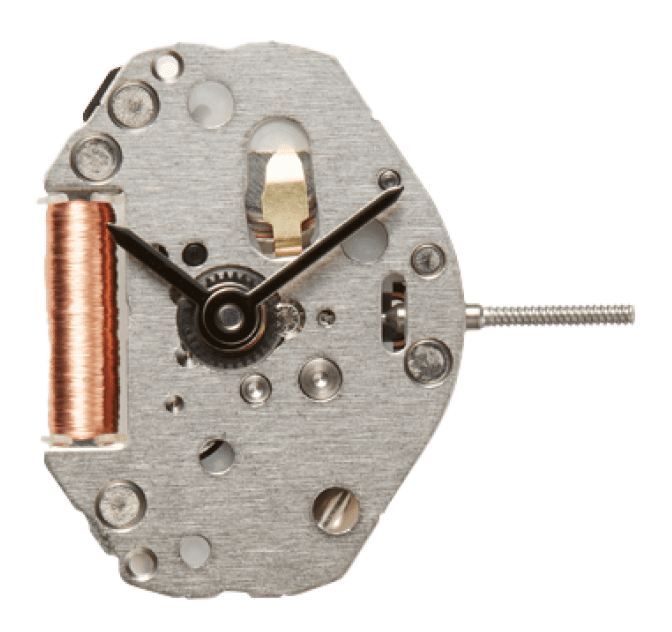
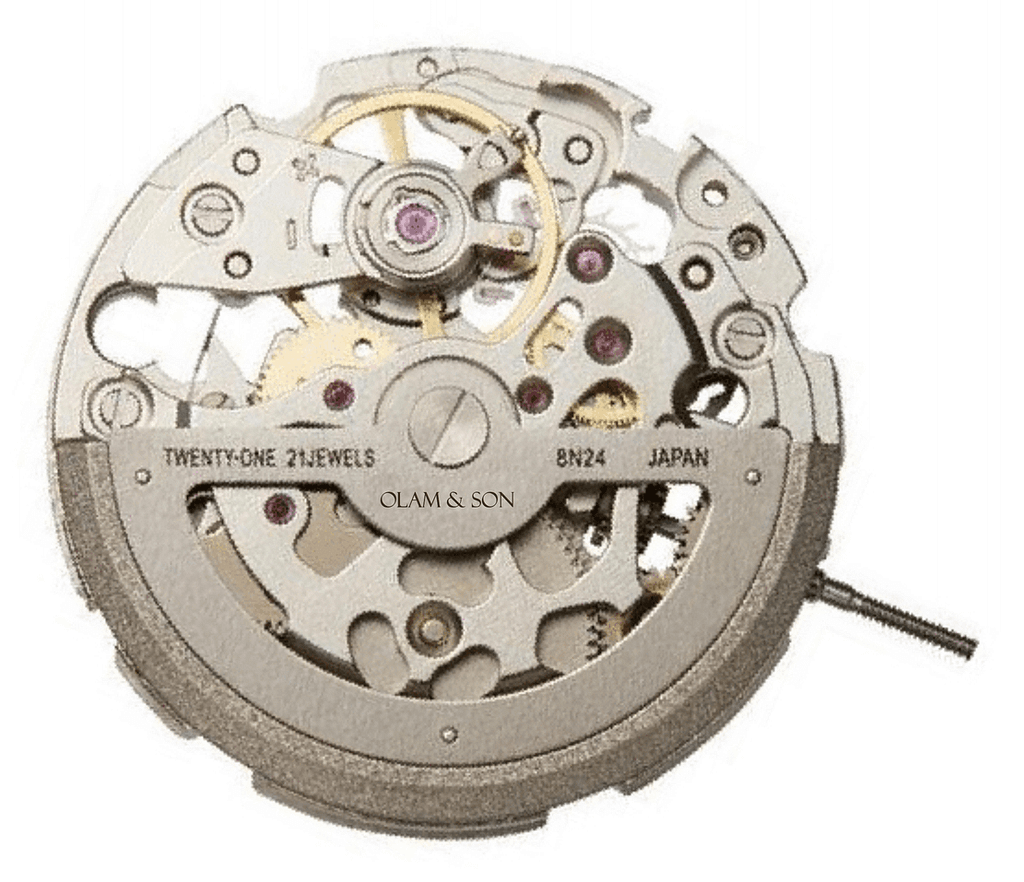
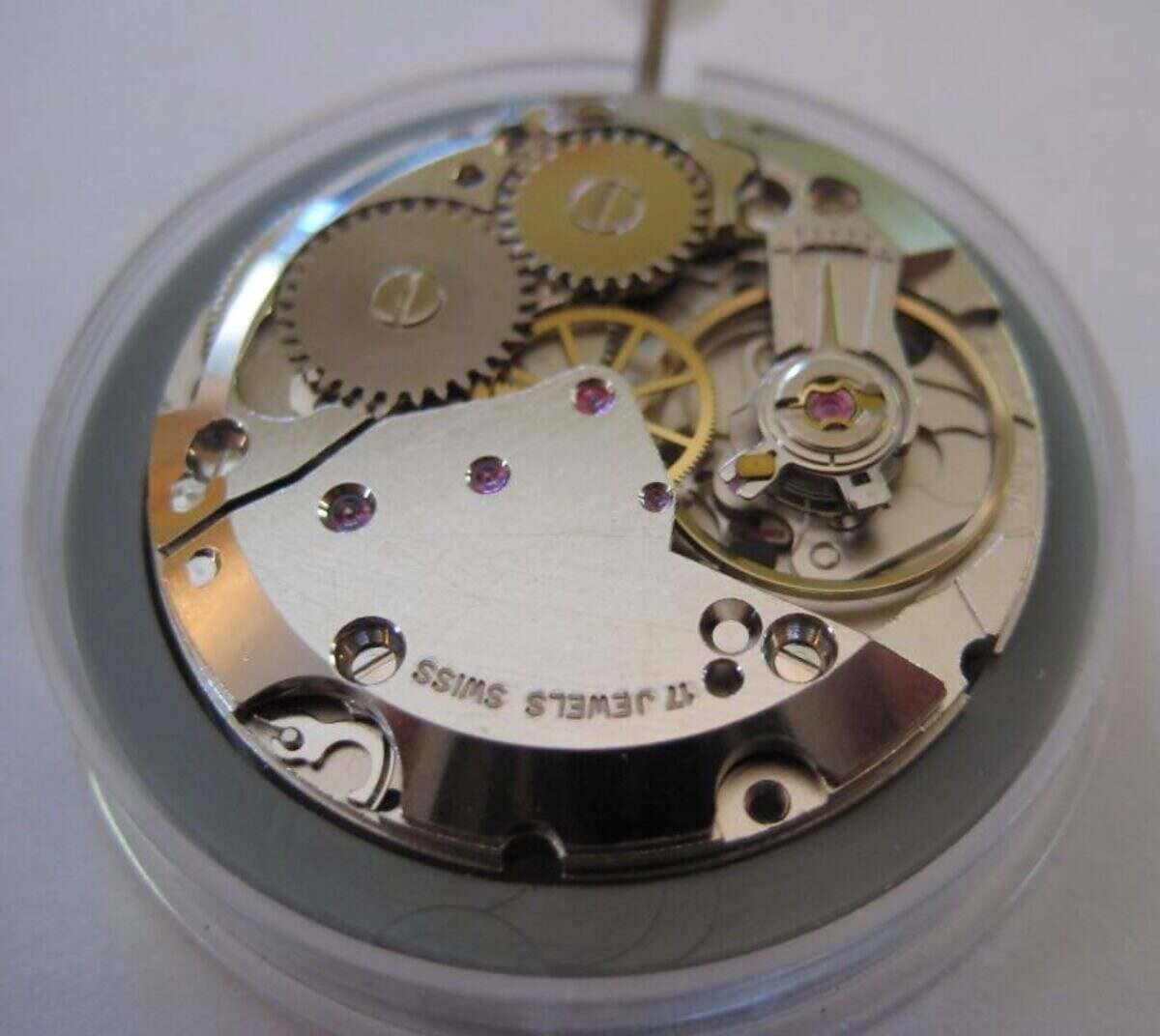
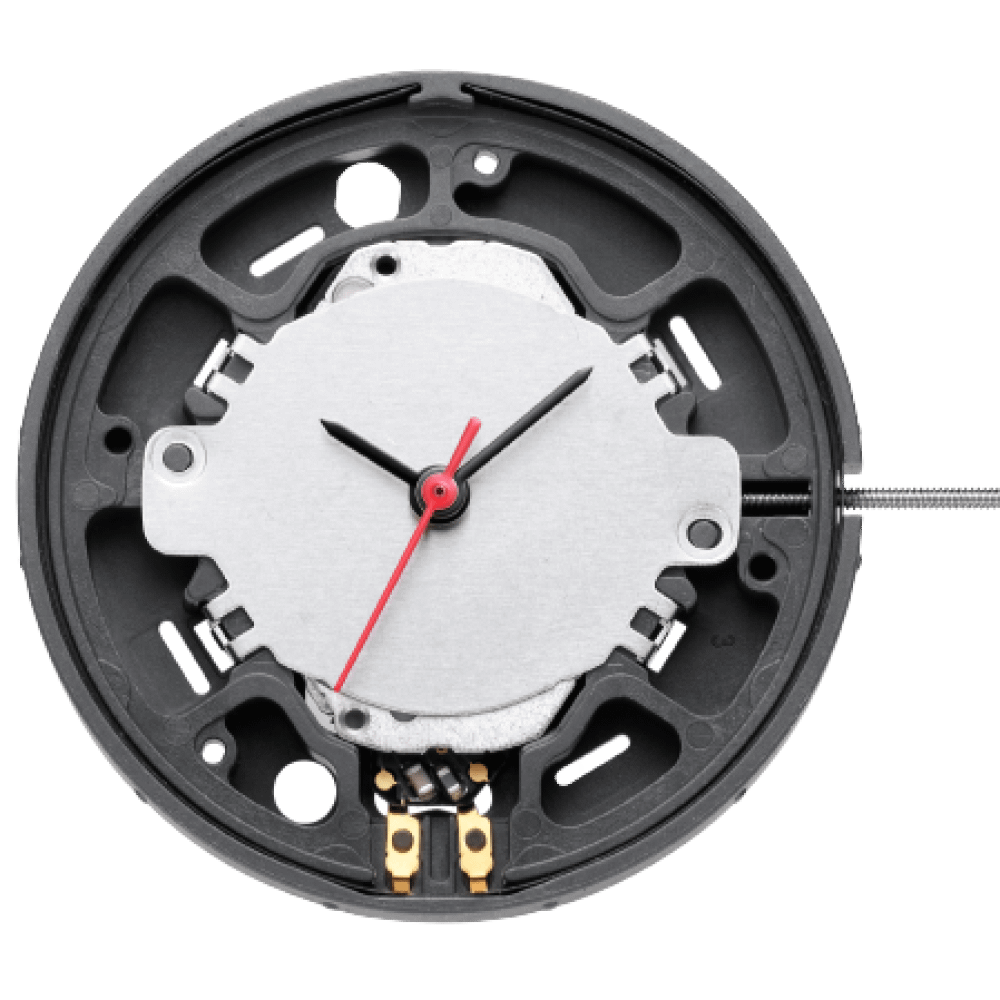

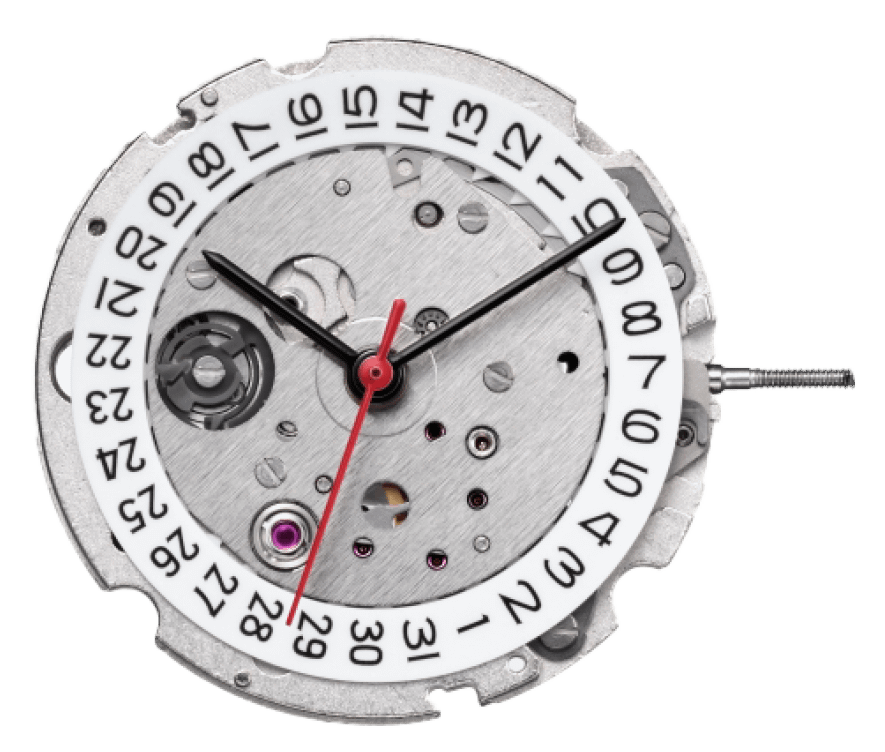
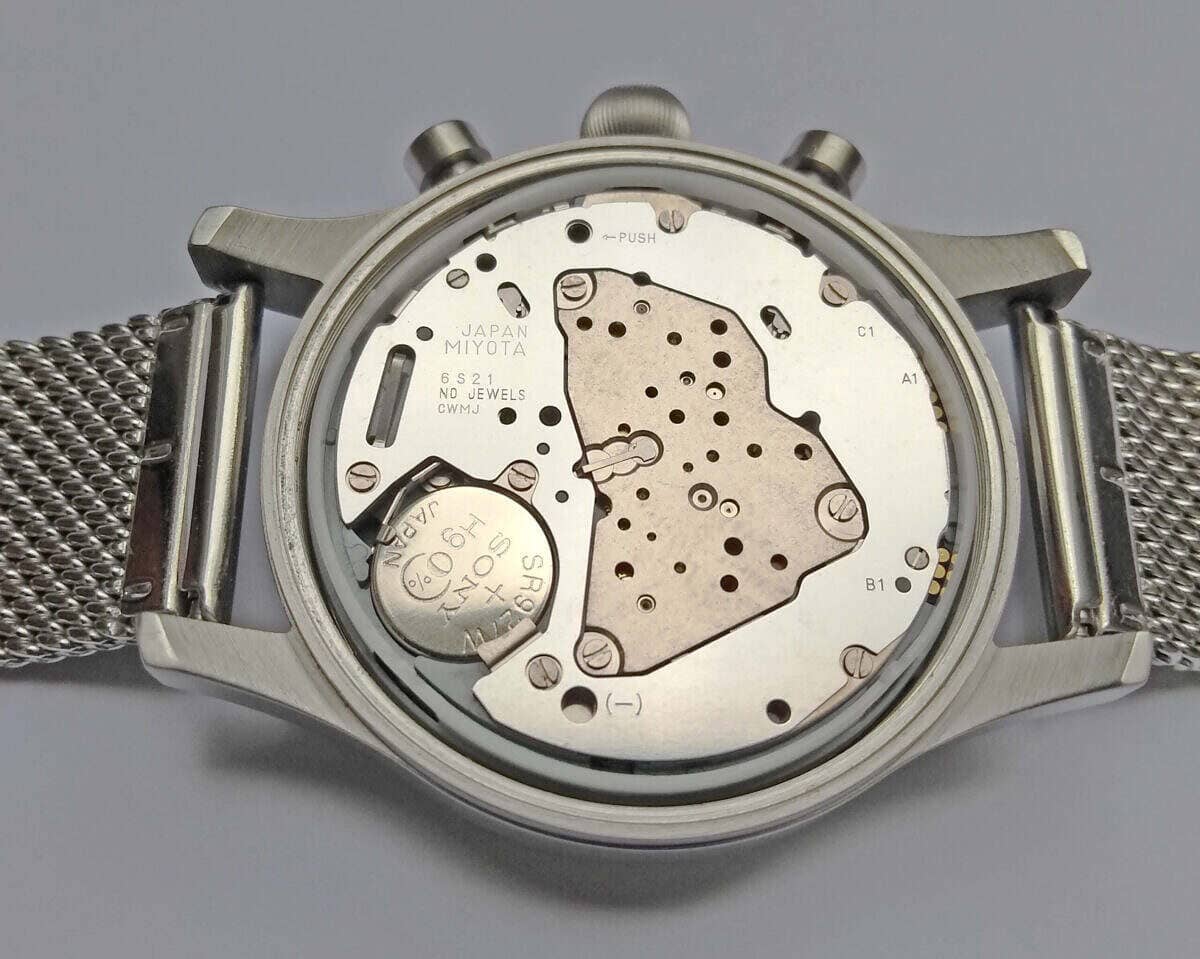
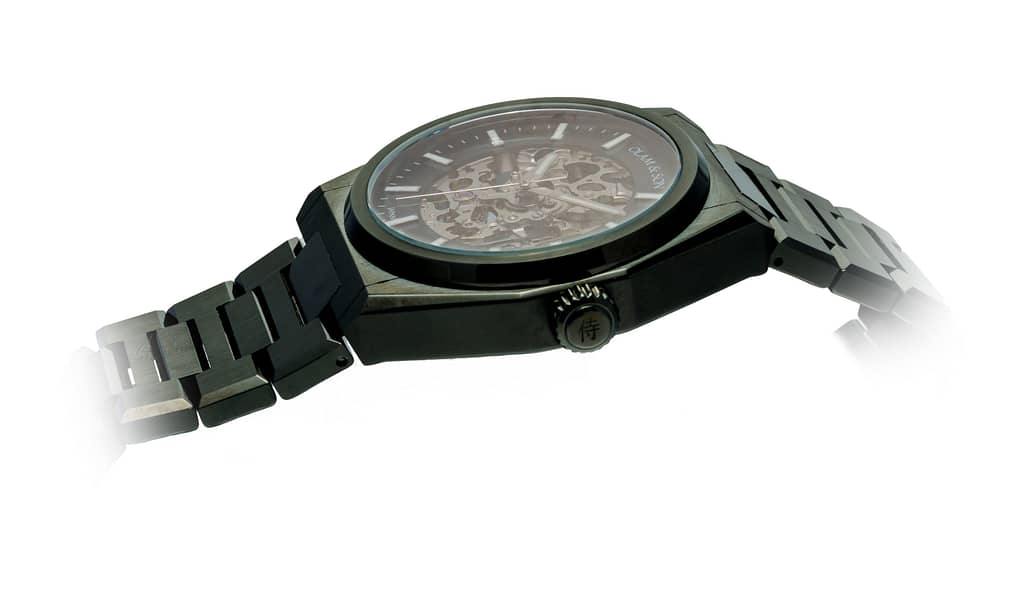
Pingback: How to choose the perfect watch for your style: A COMPREHENSIVE Guide – Olam & Son Watches | Timeless Style, Modern Design
Pingback: The differences between quartz and automatic watches – Olam & Son Watches | Timeless Style, Modern Design
Pingback: Watch Anatomy: Understanding Watch Parts – Olam & Son Watches | Timeless Style, Modern Design
Pingback: How to Customize Your Watch: Modifying and Upgrading – Olam & Son Watches | Timeless Style, Modern Design